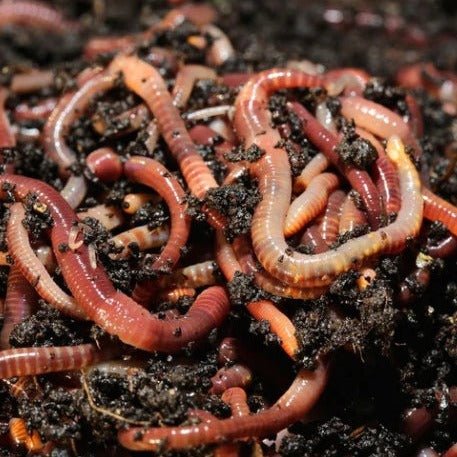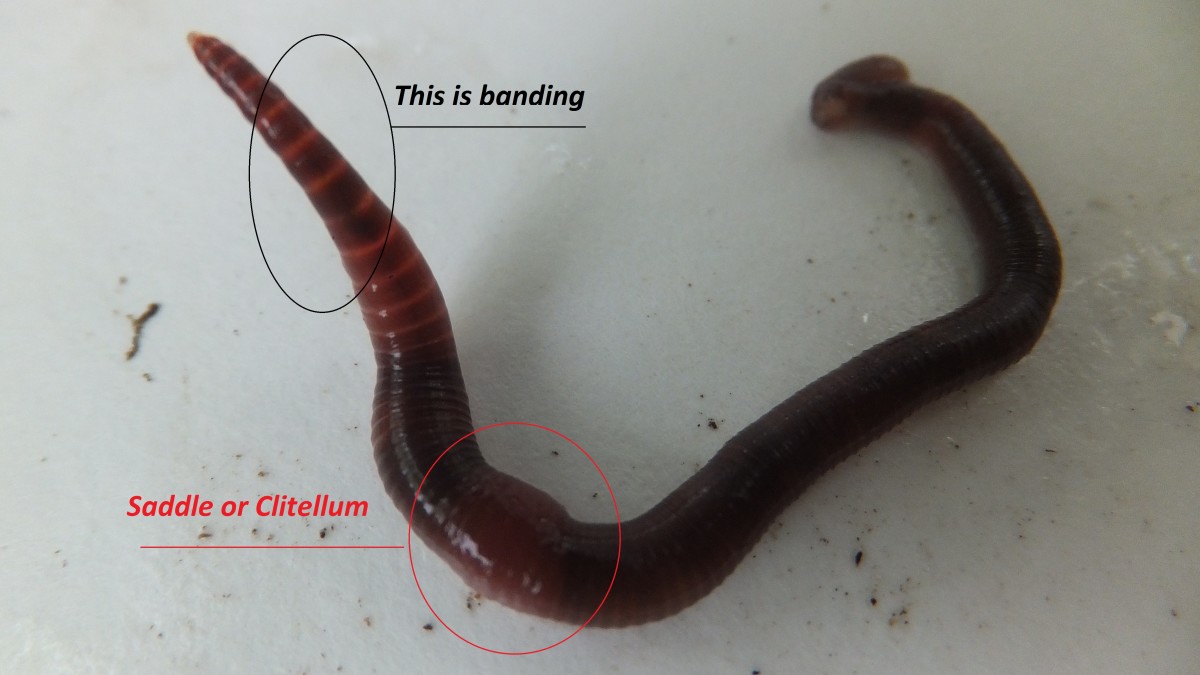Red Wiggler Express: Helping Anglers with High-Quality Worms
Red Wiggler Express: Helping Anglers with High-Quality Worms
Blog Article
Unlock the Keys of Red Wigglers: Your Overview to Composting Success
The assimilation of red wigglers into composting methods provides a substantial possibility for boosting soil health and wellness and promoting sustainability. These microorganisms are not just effective recyclers of natural waste; they provide a myriad of advantages that can change garden monitoring. Understanding their demands and behaviors is important for enhancing their capacity, from establishing up an appropriate worm bin to feeding them the appropriate materials. As we check out the necessary components of successful vermicomposting, one might question exactly how these tiny creatures can bring about an extra vivid and effective yard ecological community.

What Are Red Wigglers?
(Red Wiggler Express)Red wigglers, scientifically called Eisenia fetida, are a varieties of earthworm primarily used in composting as a result of their exceptional ability to decay organic matter efficiently. These worms are defined by their reddish-brown coloration and a segmented body, typically determining in between 3 to 4 inches in size. Unlike other earthworm varieties, red wigglers flourish in rich, organic atmospheres, making them perfect for vermicomposting systems.
Indigenous to North America, they are often discovered in rotting leaves and compost heap, where they play a crucial role in nutrient recycling. Their adaptation to residing in a wet, cardiovascular setting allows them to eat huge quantities of natural waste, simplifying into nutrient-rich castings that improve soil health and wellness.
Red wigglers duplicate rapidly, with a solitary worm efficient in generating a number of cocoons weekly, each including multiple hatchlings. This quick recreation price adds to their effectiveness in composting operations. They like temperature levels in between 60 ° F and 80 ° F, and their activity degree boosts dramatically within this array, more aiding in the decay procedure. Comprehending the biology and actions of red wigglers is vital for maximizing their potential in composting applications.
Advantages of Utilizing Red Wigglers
Using the power of red wigglers in composting provides numerous advantages that enhance soil health and wellness and promote sustainable waste monitoring. These remarkable organisms successfully break down raw material, changing cooking area scraps and backyard waste into nutrient-rich vermicompost. This completed item is incredibly useful for plant development, as it boosts dirt structure, raises dampness retention, and boosts nutrient availability.

(Red Wiggler Express)Furthermore, the visibility of red wigglers in your composting system can speed up the composting process, creating top notch garden compost in a fraction of the time compared to conventional techniques. The spreadings produced by these worms are also bristling with helpful bacteria that additionally improve the soil community.
Establishing Your Worm Bin
Developing a reliable worm bin is an uncomplicated procedure that can dramatically improve your composting initiatives. The initial action is picking a suitable container. Worm containers can be made from plastic storage bins, wood boxes, or commercially offered worm bins. Make certain the container has ample drain and air flow holes to preserve optimal dampness levels and air flow.
Following, prepare the bed linens product, which functions as the worms' environment. A mix of shredded newspaper, cardboard, and coconut coir works well, supplying a comfy setting go for the worms. Go for a bedding deepness of about 4-6 inches. Moisten the bed linen gently, ensuring it appears like a wet sponge without excess water pooling at the base.

Feeding Your Red Wigglers
To guarantee the health and wellness and productivity of your red wigglers, it is important to provide them with a well balanced diet that meets their dietary needs. Red wigglers grow on a diverse variety of organic products, which not just provide necessary nutrients but likewise advertise efficient composting.
Begin by including kitchen scraps such as veggie peels, fruit cores, and coffee premises. Prevent citrus fruits, onions, and garlic, as these can be detrimental to worm wellness. Furthermore, introduce shredded paper, cardboard, and completely dry fallen leaves to develop a well-aerated atmosphere.
Feeding regularity should be checked; typically, worms can consume half their body weight in food weekly. It is crucial to stay clear of overfeeding, as excess food can cause undesirable smells and draw in pests. An excellent technique is to include food in tiny quantities, enabling worms to refine it before presenting much more.
Keeping moisture levels is additionally important; the bed linens should be damp but not soggy. Be sure to regularly inspect the temperature level and pH degrees of the bin to ensure an ideal environment for your red wigglers, ultimately enhancing their composting performance.
Harvesting and Making Use Of Garden Compost
An effective composting process with red wigglers culminates in the rich, dark compost called vermicompost, which can considerably enhance dirt health and plant growth. Collecting this nutrient-dense product generally happens every three to 6 months, depending on the dimension of your system and the amount of natural issue being refined.
To harvest, carefully different the garden compost from the worms and any undecomposed products. One reliable approach entails relocating the contents of the container to one side and adding fresh bed linens and food to the vacant room, urging the worms to move. After a couple of days, the garden compost can be accumulated from the opposite side.
It is vital to make use of vermicompost appropriately to maximize its advantages. It can be utilized as a top dressing for garden beds, combined into potting soil, or brewed right into a nutrient-rich liquid fertilizer understood as "worm tea." This application method assists to provide crucial nutrients straight to plant origins, advertising healthier development. By incorporating vermicompost right into your gardening routine, you not only reuse natural waste however likewise develop a flourishing environment that supports sustainable gardening practices.
Conclusion
In recap, red wigglers serve as phenomenal allies in composting initiatives, transforming natural waste into nutrient-rich vermicompost. By understanding the ideal problems for their habitat, feeding requirements, and garden compost harvesting methods, gardeners can improve dirt health and advertise plant vigor.
Report this page